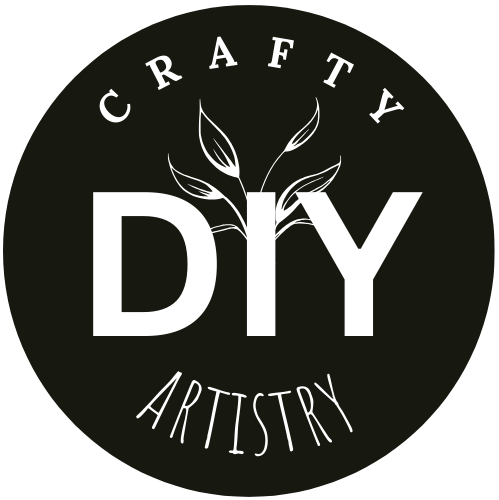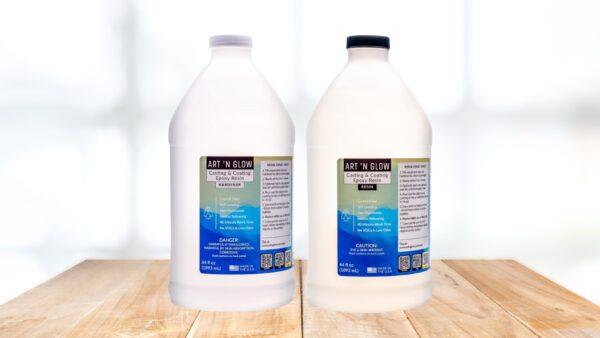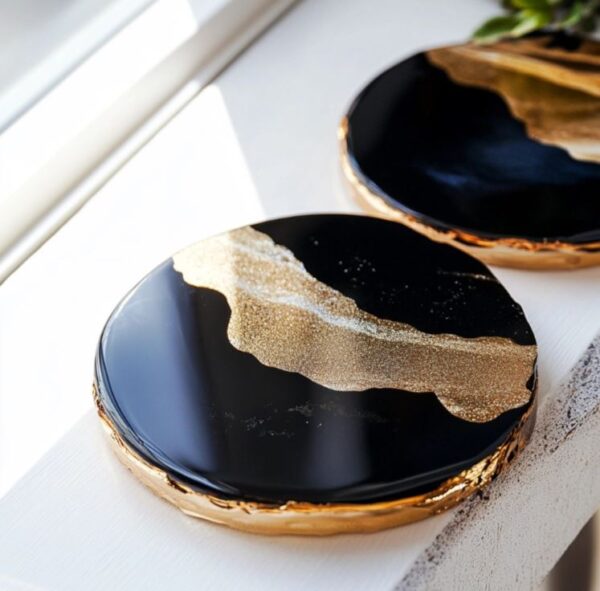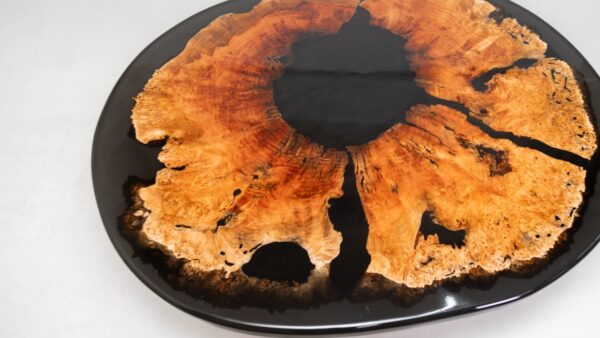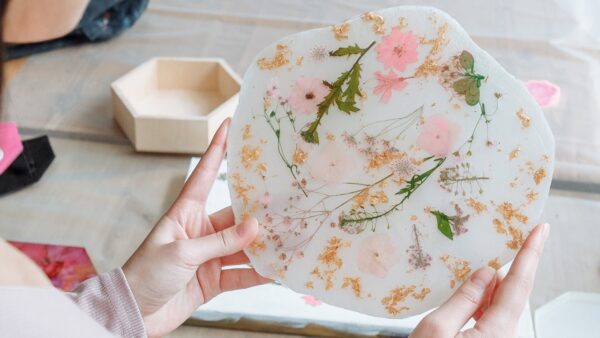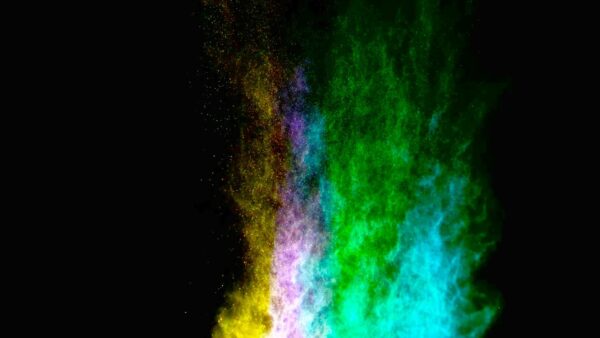12 Things To Know About Lac Resin [GUIDE]
Lac resin, a natural resin secretion derived from the fascinating world of lac insects. Lac holds a rich tapestry of ecological, cultural, and industrial significance.
People use lac for various products, ranging from woodworking supplies to beauty products.
This guide explores lac resin, uncovering its origins (hint: tiny insects play a big part), and delving into the methods of harvesting and utilizing it.
We’ll break down the basics from some common types of insects that create lac to production and forming shellac flakes. Also, check our guide on the different types of resin and uses.
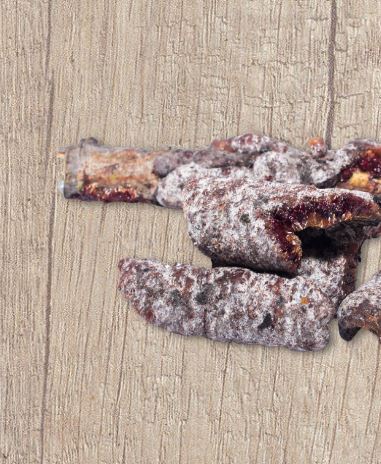
From the life cycle of lac insects to the complex composition of lac resin and its role in the production of shellac. Here are some key insights into the world of lac insects and the valuable natural resource they bestow upon us.
Things to know about lac resin
1. What is lac resin?
Certain insects, particularly species like Kerria lacca and related ones such as Laccifer lacca, produce lac resin. These insects, commonly referred to as lac insects, are the natural source of lac resin.
Lac resin is a secretion that the female lac insect produces to create a protective coating or shell over herself and her eggs.
This resinous material hardens and encrusts on the branches of host trees, forming a durable and protective layer.
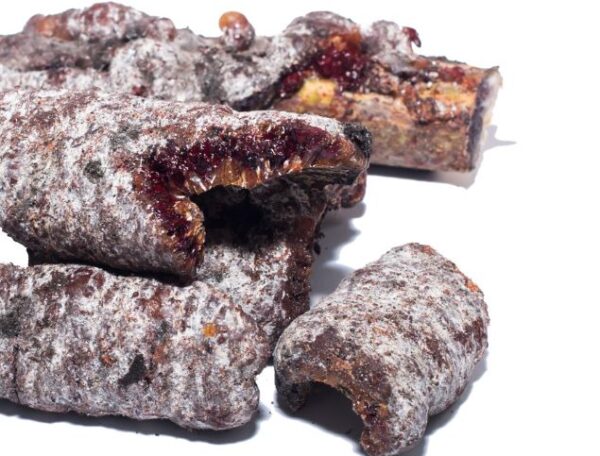
2. Lac resin comes from insects
Lac insects are small insects that are important for the production of lac resin. It’s used in various industries, including the manufacture of shellac. The most well-known lac insect is the Kerria lacca. Here are three lac insects:
- Kerria lacca (Rangeeni lac insect or Indian lac insect)
- Laccifer lacca (Burma lac insect)
- Tachardia lacca (Thai lac insect)
- Carteria lacca (Rangeeni lac insect)
Found primarily in Asia, these insects play a crucial role in producing lac resin.
Crafted from this valuable natural product, shellac finds application in various manufacturing processes. It is utilized in the creation of varnishes, polishes, and coatings, showcasing its versatility across different industries.
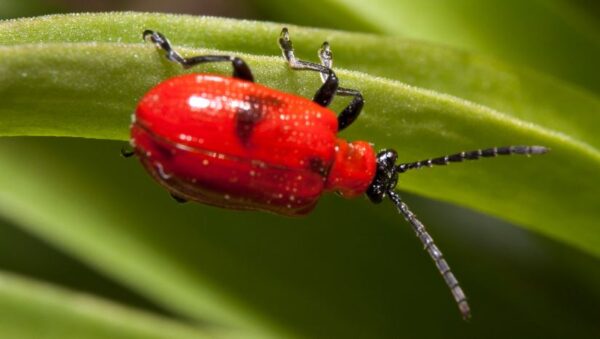
Further inquiries?
While these are three of the key lac insect genera, there may be additional species within these genera or related genera that contribute to the overall production of lac resin. The taxonomy and classification of lac insects can be complex, and new discoveries or taxonomic revisions may occur over time.
If you are interested in detailed and up-to-date information on lac insects, it would be beneficial to refer to scientific literature. Check out entomological databases, wikipedia, or consult with experts in the field of entomology.
3. Composition of Lac
The composition of lac resin is a complex mixture of compounds, predominantly including shellolic acid and aleuritic acid. These organic substances contribute to the unique properties of lac resin, such as its ability to form a hard, protective coating.
The specific composition can vary based on factors such as the species of lac insect, the host plant, and environmental conditions. Other minor constituents may include waxes, pigments, and proteins.

The intricate blend of these components not only serves the protective function for the insect’s eggs but also imparts desirable characteristics to the resin. This makes it a valuable raw material for the production of shellac.
The diverse chemical makeup of lac resin is a key factor influencing its applications in various industries, ranging from woodworking and printing to food processing and traditional crafts.
4. Insect Farming
Insect farming, specifically the cultivation of lac insects (Kerria lacca), is a practice integral to the production of lac resin. Lac insect farming involves creating a controlled environment for the insects to thrive on host trees, primarily the rain tree.
Female lac insects actively secrete a resinous substance to provide protective covering for their eggs. Harvesters then collect this secretion, referred to as lac resin, for a multitude of applications.
The process includes managing the host trees, providing suitable conditions for the insects to feed and reproduce, and carefully harvesting the resin without harming the insects.
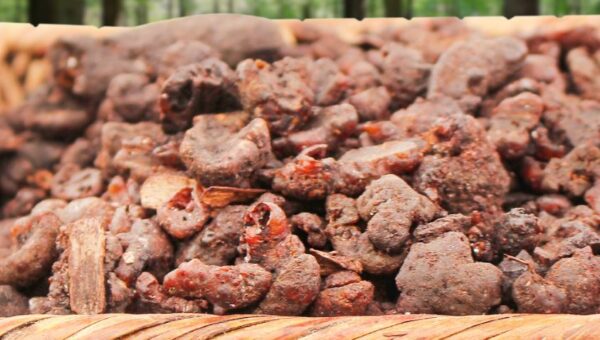
Insect farming for lac resin has been a longstanding tradition in regions like Southeast Asia and India, contributing to the livelihoods of communities engaged in lac cultivation.
The practice requires a balance between ecological sustainability and meeting the demand for lac resin in industries such as woodworking, food, and textiles.
5. Lac Harvesting
Harvesting lac resin involves the careful collection of branches encrusted with the resinous secretion produced by lac insects, notably species like Kerria lacca.
These insects attach themselves to specific host trees, such as peepal or kusum, where they feed on sap and secrete the resin as a protective covering for their eggs.
Harvesters gather these lac-coated branches, using methods that aim to minimize damage to the host trees and ensure the sustainability of the lac production.
The collected branches undergo subsequent processing, including scraping, heating, and filtering, to extract the raw lac resin. This forms the foundation for the production of shellac—a versatile natural polymer with applications ranging from woodworking finishes to food glazes. T
he harvesting process thus represents the initial step in the intricate journey from lac insect secretion to valuable industrial and traditional applications.
6. Lac Production Process
Following the harvesting of lac resin, the production process continues with a series of steps aimed at refining the raw material into the final product, shellac.
The collected branches, coated with layers of lac resin, undergo processing to extract the raw form of lac resin, often referred to as sticklac. This involves scraping, heating, and filtering to remove impurities.
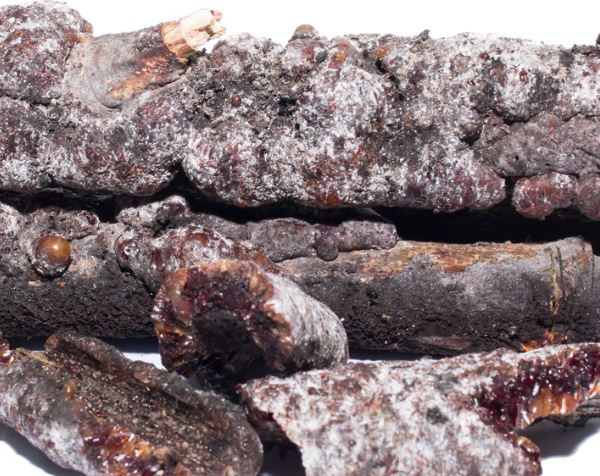
The sticklac can be further refined into seedlac through melting and straining, and this intermediate product is then dissolved in alcohol and filtered to remove any remaining impurities. The filtered solution is dried, resulting in the formation of shellac.
Specific industrial requirements determine the shaping of shellac into flakes or buttons for practical use.
This final product, with its diverse applications in woodworking, varnishes, printing inks, food glazes, and pharmaceuticals, represents the culmination of a meticulous process.
It transforms the secretion of lac insects into a valuable and versatile natural polymer.
7. Forming Shellac Flakes or Buttons
After the refinement of lac resin into seedlac, the next step in the shellac production process involves shaping the material. This is make into either flakes or buttons for practical use.
The semi-processed form of lac resin, known as seedlac, is commonly melted and subsequently shaped into these convenient forms.
This process contributes to the usability of seedlac, making it more practical and adaptable for various applications. Flakes and buttons are advantageous for storage, transportation, and industrial applications.
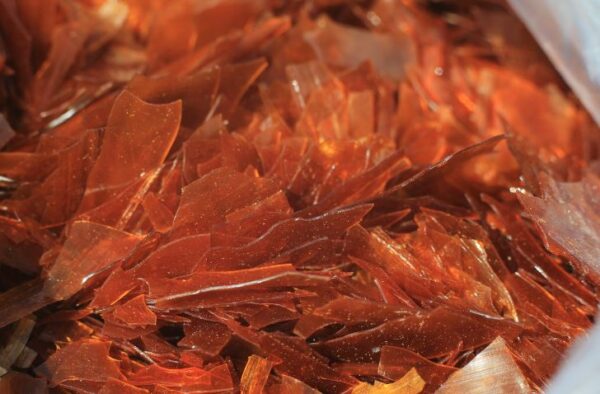
Through this shaping process, shellac’s versatility is heightened, facilitating convenient storage, measurement, and seamless integration into various formulations.
This method enhances the practicality of working with shellac, making it adaptable to diverse applications and formulations.
Whether in the form of flakes or buttons, shellac continues to be a crucial ingredient in the production of wood finishes, varnishes, printing inks, and other diverse applications across various industries.
8. Countries Of Production
India is a major producer of lac resin, contributing significantly to global production. Other countries in Southeast Asia, such as Thailand, Myanmar, and Bangladesh, also engage in lac cultivation.
These regions provide favorable conditions for the lac insect to thrive on host trees. However, the distribution of lac production may vary over time due to changes in agricultural practices, economic factors, and environmental considerations.
To access the latest information, it is advisable to consult recent agricultural and trade reports or refer to industry databases.
Staying informed through these sources ensures access to the most current and relevant data in the dynamic fields of agriculture and trade.
9. Environmental considerations
Lac cultivation raises environmental considerations, encompassing potential impacts on biodiversity, ecological balance, and the risk of deforestation as host trees undergo cultivation for lac production.
These factors highlight the ecological intricacies associated with the cultivation of lac and underscore the importance of sustainable practices in mitigating potential environmental repercussions.
The use of pesticides in some lac farming practices may have broader ecological implications, affecting non-target species and soil health. The water requirements for both host trees and lac insects, if not managed sustainably, can contribute to water scarcity or impact local water ecosystems.
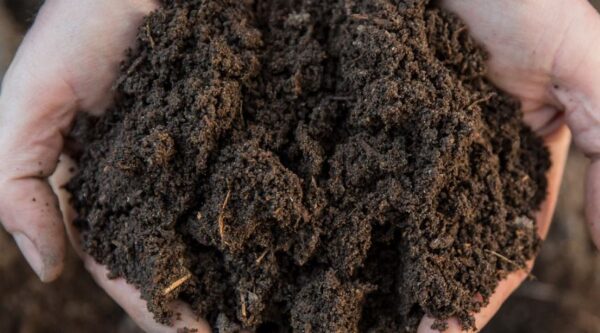
Achieving environmental sustainability in lac cultivation involves adopting practices that prioritize biodiversity conservation. Key aspects are to reduce pesticide use, and ensure responsible land management, considering both the ecological and cultural contexts of the regions where lac is cultivated.
10. Common products made from lac
Wood Finishes
Craftsmen widely employ lac resin, in its shellac form, as a traditional wood finish for a variety of wooden surfaces, including furniture and musical instruments.
This application actively contributes to preserving and beautifying these items, showcasing lac resin’s enduring significance in the realm of woodworking and craftsmanship.
Varnishes
Varnishes provide a protective and glossy coating for surfaces.
Confectionery Glazes & Food Coatings
In the confectionery industry, professionals utilize shellac as a glazing agent to impart a glossy finish to candies and various sweets. This application actively contributes to the visual appeal of confectionery products, showcasing shellac’s role in enhancing the aesthetic allure of treats.
Textile Dyes
Artisans use lac resin to create vibrant natural dyes that infuse textiles with a diverse array of colors. This versatile material actively contributes to the rich palette of hues seen in fabrics, showcasing its pivotal role in the hands-on process of dyeing textiles and bringing forth a spectrum of vivid shades.

Cosmetics
Some cosmetics, such as nail polishes and lipsticks, may contain lac resin or shellac for their glossy and durable finish.
Inks
Lac resin is used in the production of inks, providing a binding and glossy quality.
Candles
Shellac can be used in the production of candles, contributing to the sheen and durability of the candle surface.
Sealing Wax
Traditional sealing wax may contain lac resin for its adhesive and glossy properties.
11. Where to buy Shellac flakes
You can conveniently purchase shellac flakes online from a variety of retailers. They offer a range of options for DIY projects. You can get flakes for woodworking, crafting, and other applications.

12. Are shellac flakes and lac resin the same?
Shellac flakes and lac resin are closely related, but they are not exactly the same. Shellac is a resin secreted by the lac insect (Kerria lacca) as a protective covering for its eggs.
When processed and purified, it is commonly sold in the form of flakes, buttons, or sheets. These flakes are the refined and de-waxed form of lac resin and are commonly known as shellac flakes.
So, while lac resin is the raw secretion from the lac insect, shellac flakes are the processed and purified form of this resin. This makes it ready for various applications such as wood finishing, coatings, and food glazing.

Please note that this list is not exhaustive, and lac resin’s versatility extends to numerous other applications across different industries.
Thank you for exploring the diverse applications of lac resin. From enhancing the beauty of wooden surfaces to providing glossy finishes in confectionery and cosmetics, lac plays a versatile role in various industries.
Its rich history, coupled with sustainable cultivation practices, underscores the importance of balancing traditional knowledge with modern needs.
Thanks for reading!
Article: Using resins for bugs and insects.
